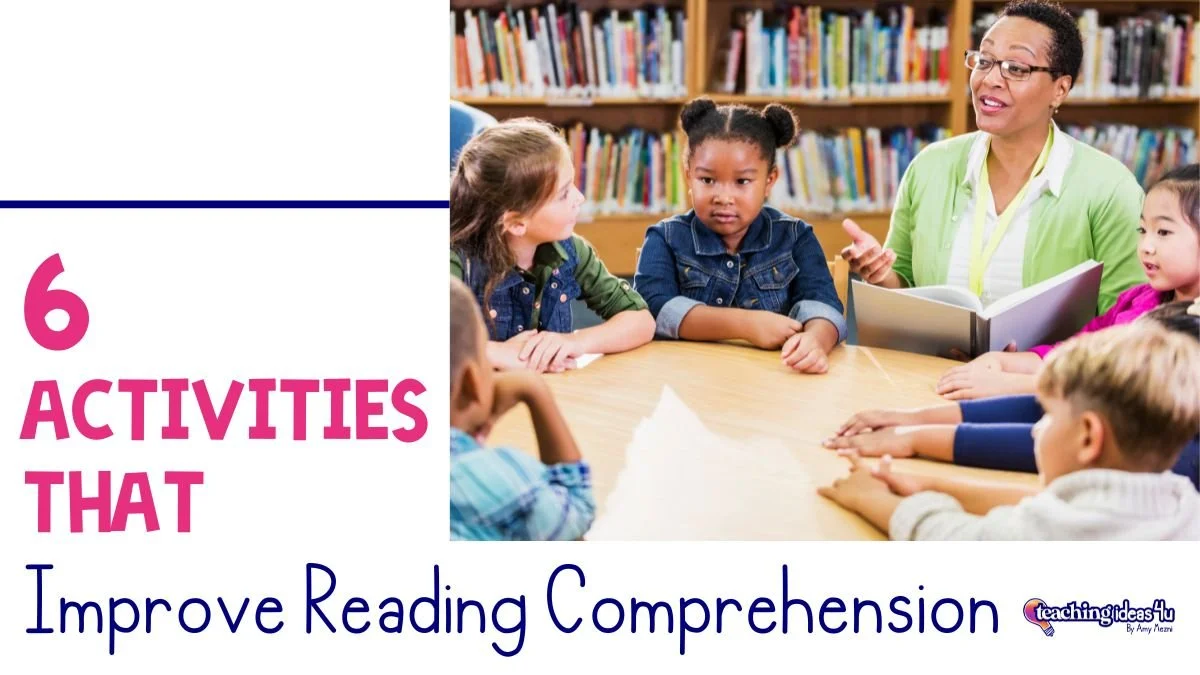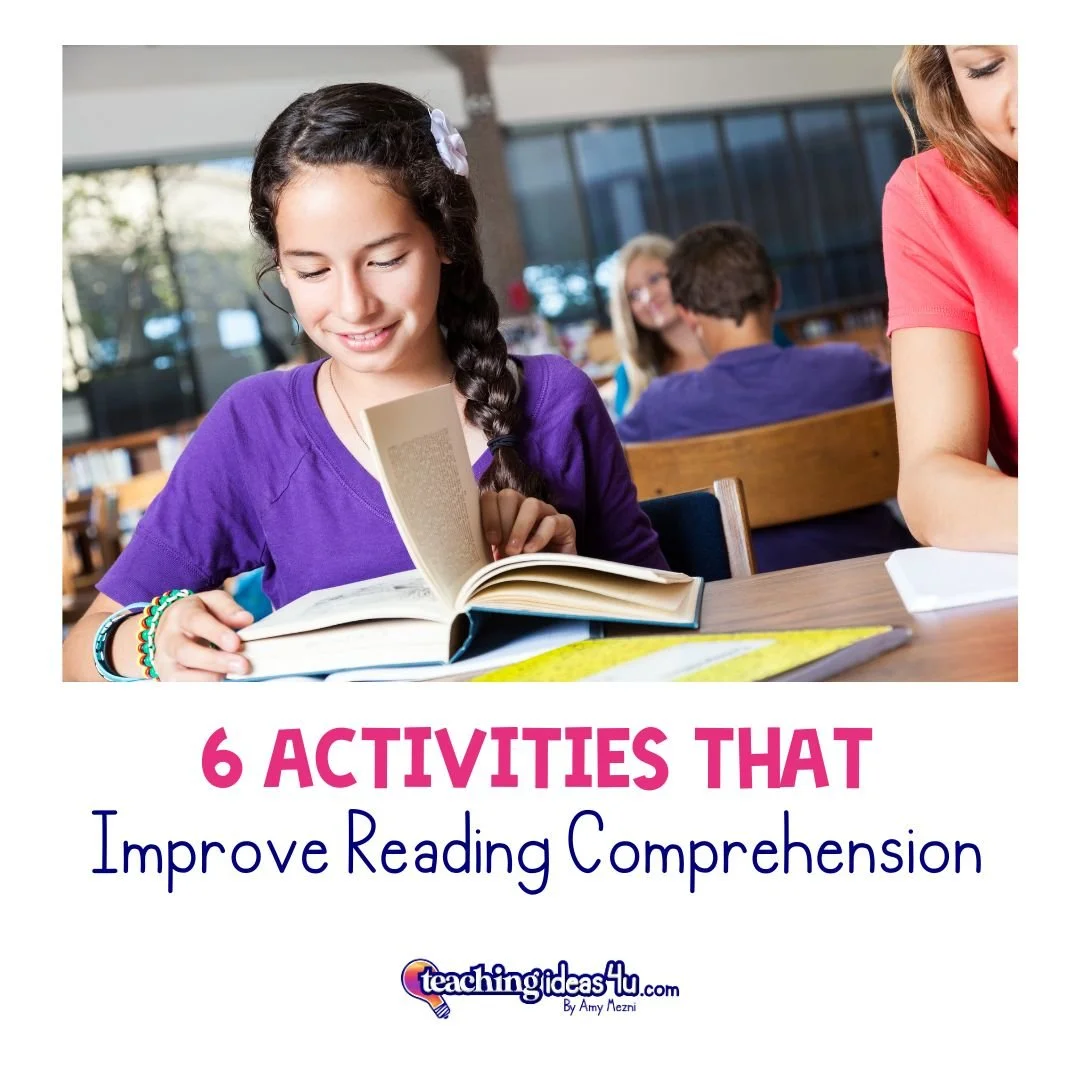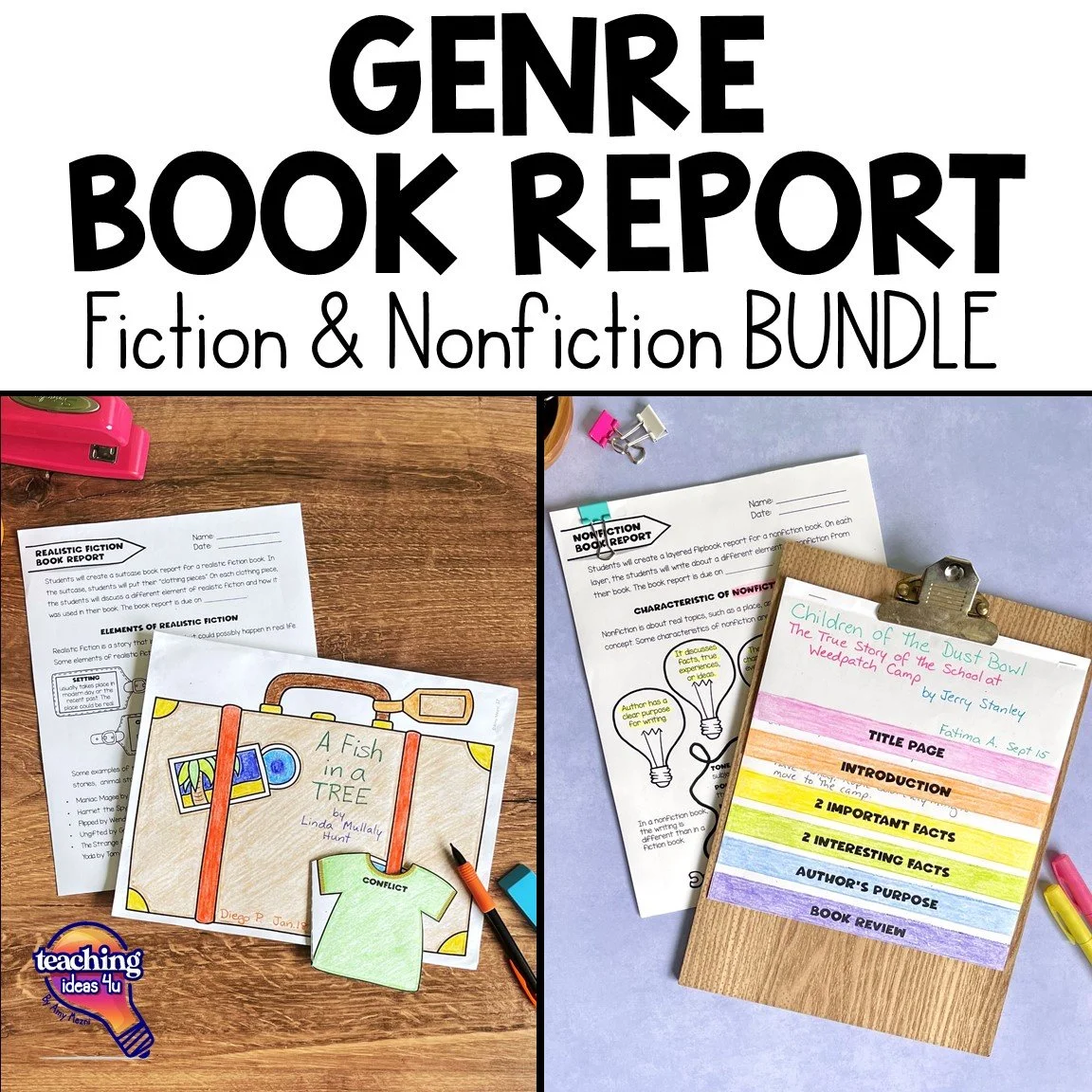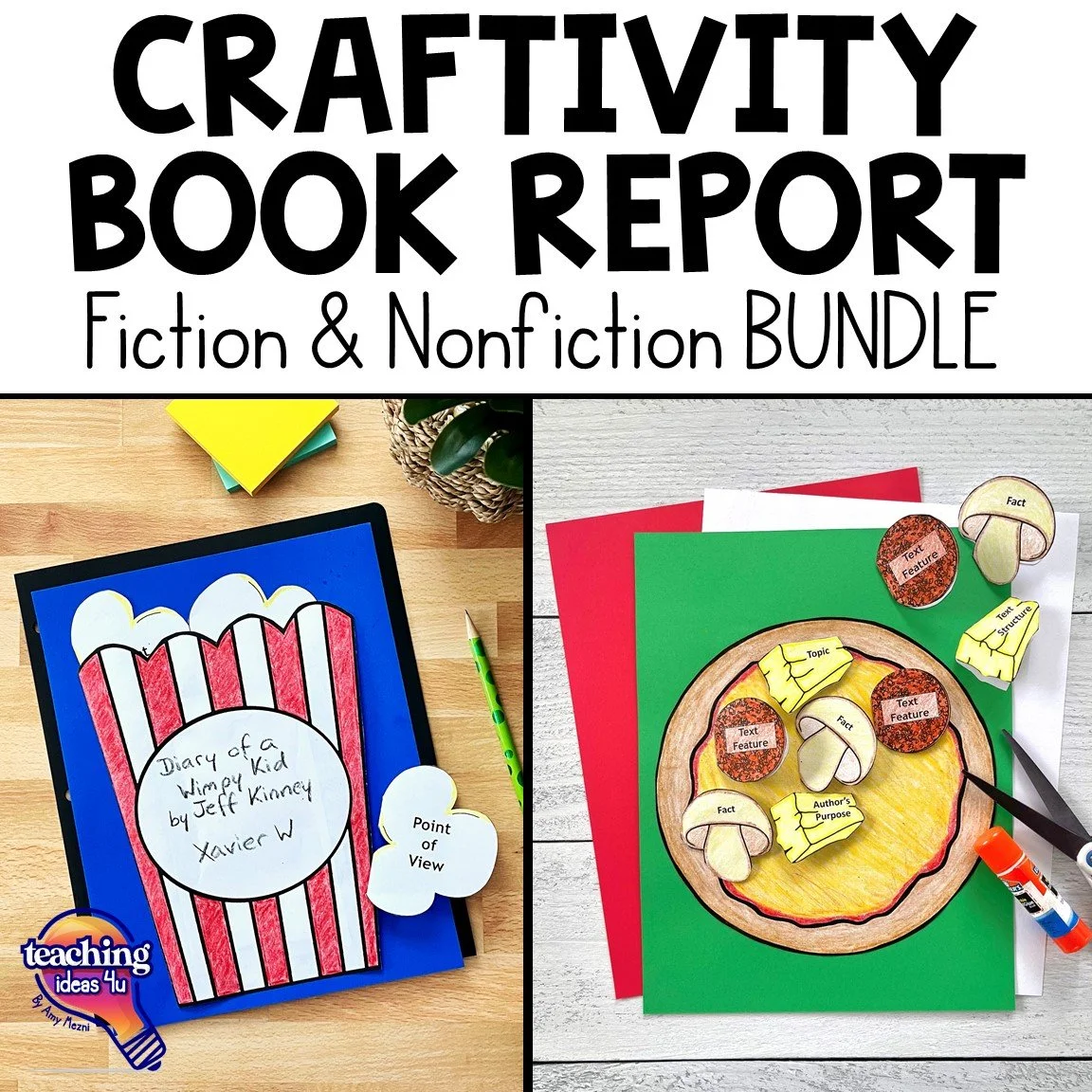6 Activities That Help Students Become Better Readers
Reading is fundamental to learning - it is the one skill you use in every subject. Being able to read proficiently unlocks a world of learning and adventure. So how can we help students become better readers?
Unfortunately, although some students seem to naturally pick up reading, others struggle and need support. Reading curriculums often include so many resources that it’s difficult to know which ones are effective and which to skip.
No matter what reading program you use, there are six activities you can add to your lessons that have been shown to improve students’ reading comprehension and make them better readers.
6 Activities That Improve Reading Comprehension
Increase Fluency
Poor fluency makes it difficult for students to comprehend what they read. Students have to use their working memory to decode the words, so they aren’t able to focus on the meaning of a sentence or paragraph.
If a student struggles with reading comprehension, check their ability to understand phonics and phonemic awareness. Helping students fill in any gaps in these skills will help them become better readers.
Activate Background Knowledge
Students’ comprehension of a text is heavily influenced by their prior knowledge of the topic. Studies have shown that students can comprehend texts on a higher reading level if they have strong background knowledge of the subject.
You can pre-teach background knowledge before reading a text. Show a picture that relates to the topic and ask students what they notice. You can also complete a KWL chart together and teach any subject-specific vocabulary words.
Teaching in thematic units helps students to build their background knowledge. While integrating subjects isn’t always possible, try to do it when you can. Sometimes you can find books that are set in the historical time period you are studying in social studies or a topic you are learning in science.
For example, if students are studying 2-D figures in geometry, you could learn about snowflakes and symmetry in science and how Muslim art uses geometric shapes in social studies.
Increase Vocabulary
Vocabulary and reading go hand in hand. The more you read, the better your vocabulary - but the better your vocabulary, the better your reading comprehension.
Teach students to reflect on unknown words or phrases in their reading. Give mini-lessons and model how to use context clues to guess at the meaning of the unknown words - or use a dictionary to look up a word if they can’t figure it out.
Listen to Reading
Reading aloud to your class benefits students of all ages. Students can comprehend books beyond their reading level, so students who may not otherwise be able to access the information in a text can engage in the content by hearing it.
Hearing a passage or book read aloud models proper intonation and expression. It also gives students time to focus on comprehending and visualizing instead of decoding.
If you don’t have time to read a novel, try to read short stories or texts as part of your lessons.
Reflect on What You Read
Talking and writing about what you have read increases your comprehension. Set aside time for students to discuss and write about their reading.
You can start by modeling a discussion. You may need to provide the topic to discuss at first, but eventually students may be able to hold a book club discussion on their own. For academic texts, you may want to continue providing the discussion topics so you can listen to the discussions and correct any misconceptions.
Asking specific questions builds students’ ability to actively recall what they read. Questions also help students reflect on their comprehension and review the content of the reading. Vary the questions to include questions with answers directly in the text, ones that require students to use prior knowledge, and questions with inferred answers.
Writing about a reading can be done in a variety of ways. You could have students complete an exit ticket with a short written response. Students could keep reading reflection journals to write about a provided question, summarize the reading, complete a graphic organizer, or free write about the text.
Read Often
Reading is a skill - like any other skill, the more you practice, the better you get. Students need to read a wide variety of texts often.
Reluctant readers often find a book series they get hooked on and that’s all they want to read. That’s okay - they need to start somewhere. Once students learn to enjoy reading, they will be more likely to pick up other texts to read.
I liked to introduce my students to a wide variety of reading. My preferred method was to focus on a different genre every few weeks. I read aloud a book in the genre, and we might read excerpts from other stories or a class novel.
However, I found that student choice was the best way to get students motivated to read. I used book reports to allow students to select what they wanted to read within the genre.
Using book reports made it easy to differentiate reading while also getting students to reflect on what they read. Students of all abilities could pick a book they could comprehend without feeling restrained or behind.
In addition, presenting their books and projects to the class gave students a chance to work on their public speaking and reinforced their reading comprehension.
I kept the book reports interesting by changing up the project for each genre. You can use them as a class project, where every student is working on the report. However, you could also make it a center activity and have students complete the project that relates to their book.
You can grab my genre book reports individually or buy the 9 Genre Book Report Bundle at a discount - it’s like getting two projects for free! (I also have Fiction and Nonfiction Book Reports that focus on literature elements here.)




